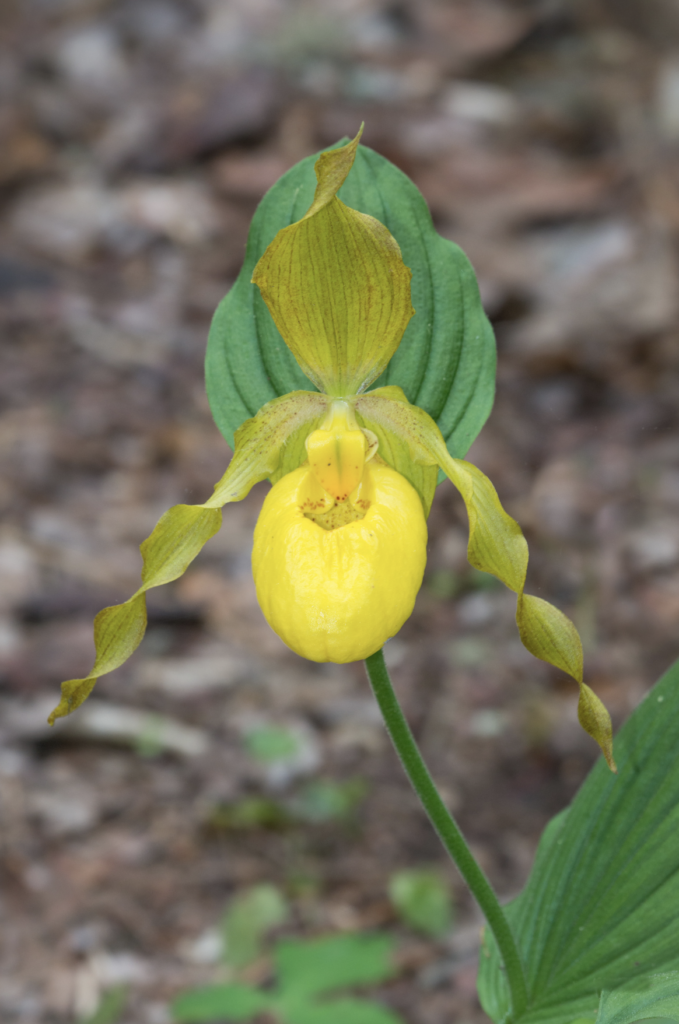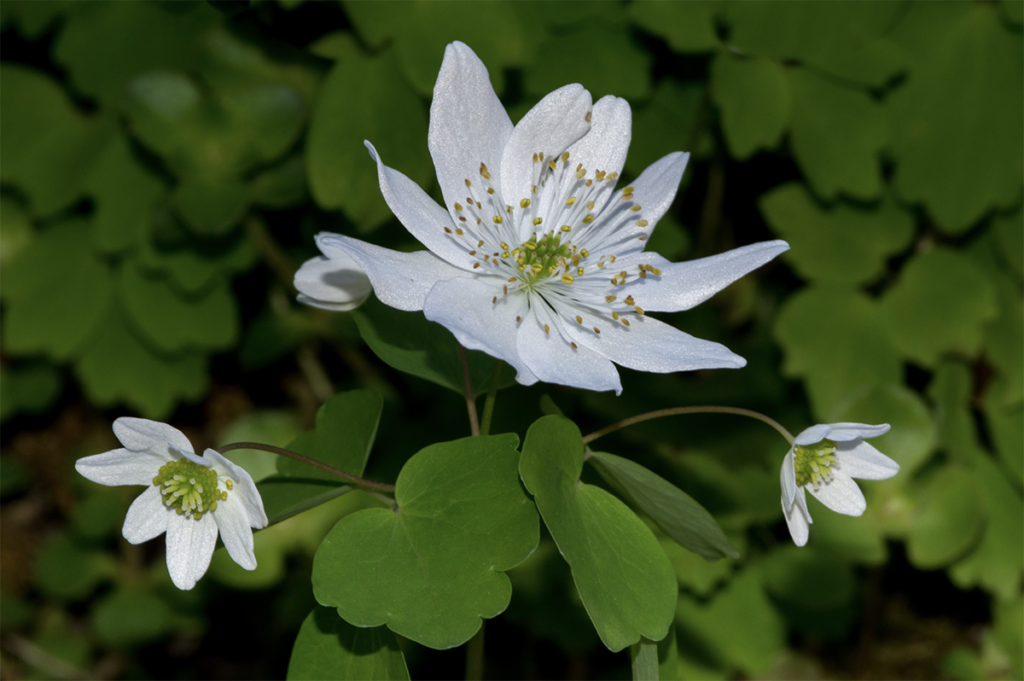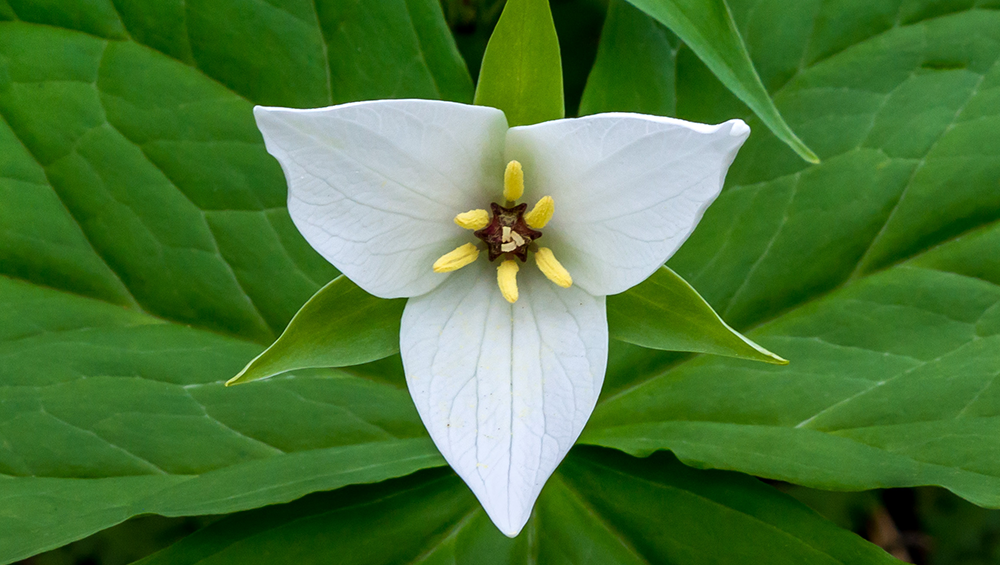The Great Smoky Mountains is acclaimed for its diversity in both flora and fauna. This diversity includes over 1500 kinds of flowering plants. This is more than in any other North American national park according to the National Park Service (www.nps.gov). Flowers bloom in the park nearly year-round. The spring ephemerals start the show in the late winter.
As their name suggests, ephemerals last only a short time appearing in late winter and early spring. They become dormant come May or June. Ephemerals take advantage of the sunlight, moisture, and nutrients available to them before the deciduous trees leaf out.
A few of the spring ephemerals to look for in the Smokies include trillium, columbine, bleeding heart, fire pink, violets, lady’s slipper, jack-in-the-pulpit, bloodroot, spring beauty, trout lily, wood anemones, and dwarf iris.

Photographing wildflowers can be a challenge particularly in the Smokies; however, it is well worth the effort to enjoy this amazing diversity of nature. The first and most important consideration when wanting to photograph wildflowers is locating them. It can be very helpful to use a local guide or join a wildflower workshop. Using a guide will maximize viewing and photography time by reducing the amount of research and searching in the field that are required. For those who are interested in improving their photography skills, a workshop provides additional hands-on guidance and instruction.
Some helpful tools to consider for wildflower photography are a field guide to identify flowers, a lens that allows sufficient closeness to the subject, a tripod, and a reflector (to add light and block wind). Time of day, lighting, and weather conditions will impact wildflower photography. Too early in the morning and plants may not be open yet, but harsh lighting should be avoided. Overcast days are a good time to photograph flowers, because it provides for even lighting. For identification purposes, be sure to photograph the flower and the foliage. A good practice is to photograph the entire plant, close-ups of the blooms, and close-ups of the foliage. Working as a team or in a group is also beneficial for wildflower photography. Having an extra pair of hands to hold a reflector and extra eyes looking for an elusive subject can greatly enhance the experience.
To experience first-hand the wonders of spring ephemerals, join us for our Spring Wildflower Workshop . Our limited group size allows hands-on guidance and technique instruction as we capture some of the amazing flowers in the Smokies.
.
REFERENCES:
